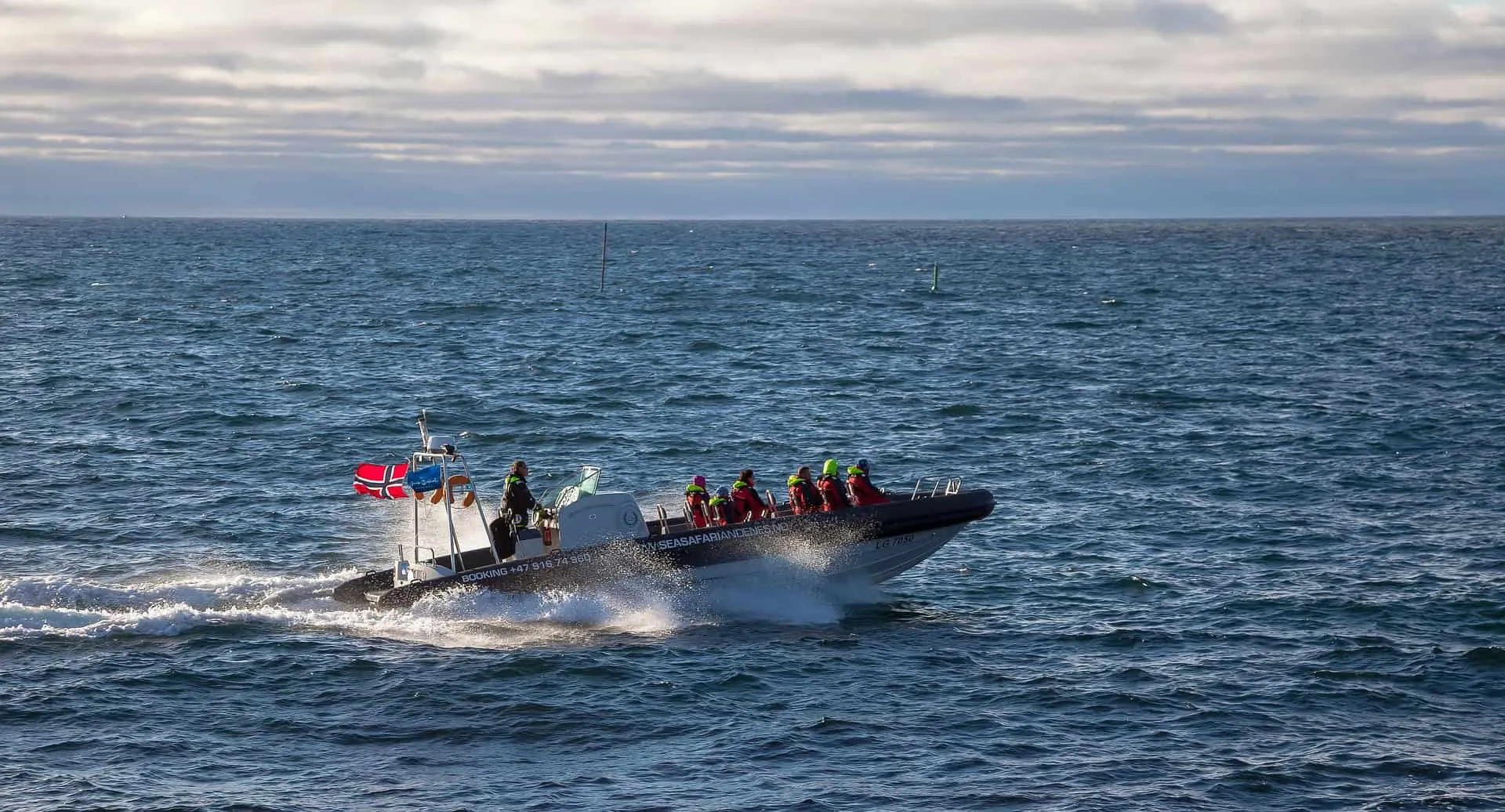Veneajelu, the Finnish term for a boat ride, captures something far more profound than travel on water. It blends quiet exploration, nature connection, and shared moments into a ritual that defines summers, weekends, and countless memories, especially in Finland, where lakes and waterways are central to daily life. This detailed, narrative-style guide (without bullet points) walks through everything needed to plan and enjoy a veneajelu: definitions and culture, choosing the right boat and route, safety without compromise, gear and packing, weather wisdom, etiquette, sustainability, itineraries, and advanced tips to elevate the experience.
What Veneajelu Means
At face value, veneajelu means a boat ride. Yet the way it is lived gives the phrase a wider resonance. In a typical Finnish summer at the mökki, it can mean slipping a rowboat off the dock after sauna, gliding past reed beds while the evening sun lingers on the horizon. For families, it often means a short spin to a familiar bay, a splash in clear water, and a happy return in time for grilled food. For visitors in cities like Helsinki or the lake district, a veneajelu can be a guided cruise that opens up history, architecture, and nature. In every case, the essence is the same: the ride is as important as the destination, and the water becomes a moving viewpoint for reflection, conversation, and discovery.
Why Veneajelu Feels So Good
There is a reason veneajelu has an enduring appeal. Water calms the nervous system. The boat’s gentle motion offers a subtle rhythm that relaxes the body. The wide view across a lake or seascape helps the mind let go of busy patterns and re-center on the present moment. Add company, family, friends, partners, and small shared rituals arise: the way one person prefers the bow seat, the way another reads clouds to suggest a route, the way kids mark favorite coves and rocks. Even a short veneajelu makes room for play and pause. On longer rides, there is the deeper satisfaction of navigation itself, spotting landmarks, reading wind ruffles on the surface, timing turns, and choosing anchorages. The ride becomes an interplay of awareness and ease.
Also Read – Flor Beach
Choosing the Kind of Veneajelu
Every veneajelu starts with intention. If the goal is quiet and closeness to nature, a rowboat, canoe, kayak, or a slow electric outboard on a small lake allows closeness to birds, reeds, and reflections. If the goal is family fun and flexibility, a small motorboat transforms the shoreline into a menu of swim stops and picnic spots. If the goal is exploration and range, a larger motor cruiser or a sailboat opens multihour or multi-day routes across interconnected lakes and archipelagos. City canal rides add a cultural layer, historic bridges, harbor views, and waterfront cafes. There is also the thrill-seeking side: watersports and speed on open stretches, generally tempered by careful planning and a safety-first approach. The key is matching vessel, waterway, and conditions to the experience envisioned.
Where Veneajelu Shines in Finland
Finland’s character as a veneajelu destination is geological and cultural. The landscape was shaped by glaciation that carved hollows and channels later filled by water, creating a dense lattice of lakes and connected waterways. In Lakeland, long north–south corridors and lock systems enable route chains between towns and cottage clusters. Lake Saimaa, Finland’s largest, offers labyrinthine shorelines, sheltered passages, and wildlife-rich zones, making it ideal for day cruises that combine open vistas and intimate coves. Päijänne, long and deep, is perfect for point-to-point rides between communities, adding the satisfaction of distance travelled with proper wind and fetch planning. On smaller lakes scattered across the countryside, the charm is immediacy: a dock, a boat, a circle around the familiar shoreline at golden hour. Whether grand or local, each waterway has a personality, and veneajelu is how that personality is felt.
Planning a Veneajelu from Start to Finish
Begin by clarifying time, distance, and mood. Pick a practical window, perhaps 60 to 90 minutes for a sunset loop, three to five hours for a day ride with a swimming and picnic break, or a whole day for a more ambitious route between islands or towns. Study the map with an eye for protected water, scenic reaches, public docks, and marinas. Sketch a simple route with optional cutoffs to shorten the loop if wind picks up or energy dips. Decide on a latest return time before departure, factoring in daylight and the tendency for afternoon breezes to stiffen. If venturing across open fetch, plan the exposure when winds are calmest, often earlier in the day.
Check the forecast the morning of the ride and again right before departure. Wind strength and direction matter more than temperature for comfort and safety, especially on larger lakes where small boats can pound in short-period chop. Clouds can signal storm development; in summer, convective showers can form rapidly. Keep a close eye on the horizon and trust early signals; it is always better to turn back early than race weather.
Pack deliberately and lightly. Bring well-fitted life jackets for everyone and wear them as a matter of habit, particularly for children, weaker swimmers, and anyone on smaller craft. A charged phone in a waterproof pouch, a whistle or horn, a throw line, a bailer or manual pump, and a compact first-aid kit create a baseline of readiness. Add paper charts or offline maps and a simple compass; electronics can fail, and a quick bearing or shoreline line-of-sight plan keeps navigation honest. Dress in layers, including a windproof outer shell even in summer, because water breeze cools quickly. Sun protection matters: hat, sunglasses, and sunscreen help everyone finish the veneajelu feeling fresh rather than fried. Water and snacks are essential; hunger and dehydration are avoidable trip spoilers. A small anchor with adequate rode makes it easy to pause in a cove without drifting into rocks or reeds.
Right before leaving the dock, do a short safety briefing. Explain where life jackets are and insist on wearing them, point out the throw line and first-aid kit, and set clear rules for staying seated while underway. Assign small roles to keep everyone engaged: one person can help watch for floating logs and rocks, another can help track the route, and kids can become official wildlife spotters.
On-Water Technique and Feel
A veneajelu is smoother when boat handling is unhurried and intentional. At low speed, keep hands calm on the wheel or paddle; quick, small corrections lead to straight lines and better comfort for passengers. When passing docks, swimmers, anglers, or paddle craft, slow early and give space. A little courtesy erases wake discomfort and fosters a friendly waterway culture. In narrow channels, make intentions clear with speed and course, and communicate with a wave or hand signal when needed.
Anchoring is a skill worth practicing on an easy day so it is second nature when the perfect lunch spot appears. Approach slowly into the wind, lower the anchor rather than toss it, pay out more line than seems necessary, and back down gently to confirm hold. Observe shore features to ensure the boat is not drifting. When departing, motor or paddle forward over the anchor to break it free rather than dragging at high angles.
Reading water is a learned pleasure. Darker ripples that march in lines show wind direction and strength. Glassy patches near shore reveal deliciously calm pockets. Wakes reflect from cliffs and converge into confused chop at points; adjust course to cross at a stable angle and maintain comfort. In open stretches, steer a slightly diagonal path to reduce pounding if heading into short waves. The art is staying flexible, no veneajelu must slavishly follow a pre-planned line if the water suggests a happier path.
Weather, Light, and Season
Time of day transforms a veneajelu. Morning rides reward with calm water, long reflections, and abundant bird activity. Midday emphasizes clarity and swimming, though sun and boat traffic are both stronger. Evening glows with warmth and pastel color, and the falling wind invites gentle loops close to home. In early and late season, crisp air and quiet waterways compensate for cooler conditions; dress for water temperature rather than air temperature, and assume windchill on wet skin.
If thunderstorms threaten, do not launch. If already afloat when cumulus towers darken and gust fronts ruffle the surface with sudden chill, take the hint and seek shelter. In fog, slow is the rule, sound signals are prudent, and visibility can collapse abruptly; when in doubt, postpone. The goal is not to defy weather but to befriend it by choosing the windows that make a veneajelu effortless and safe.
Etiquette and Quiet Confidence
A veneajelu gains depth when it is considerate. Keep speeds and wakes modest near shorelines and nesting areas. Music, if any, should be low enough that the call of a loon or the hush of water on the hull remains the soundtrack. At launch ramps and fuel docks, prepare lines and fenders in advance so time at the shared space is brief and smooth. Wave to other boaters; small gestures knit a community on the water. If fishing lines are out, steer a wide, predictable path and avoid cutting across likely casting angles. In narrow channels, remembering who has limited maneuverability prevents awkwardness.
Sustainability as Everyday Practice
Sustainability in veneajelu is cumulative small choices. Maintaining engines prevents leaks and reduces emissions. Favoring efficient speeds lowers fuel burn and wake impact. Electric outboards and rowing replace noise with hush, especially on smaller lakes where serenity is part of the area’s value. Leave no trace by packing out all waste and micro-litter, and by using onshore facilities rather than discharging on the water. Respect shallow ecology: props and paddles can damage plants and nesting grounds; choose deeper routes when practical. The result is an environment that welcomes the next veneajelu with equal or greater vitality.
Veneajelu with Children and Pets
A family veneajelu feels best when safety and fun are woven together seamlessly. Children wear correctly sized life jackets at all times, fit is non-negotiable. The ride should be punctuated with predictable stops so energy can reset, and simple responsibilities make kids stakeholders rather than passive passengers. Pets can enjoy veneajelu with PFDs designed with grab handles; calm boarding and disembarking routines prevent slips, and shade plus fresh water keep them comfortable. Short, repeatable loops near familiar shores are ideal first experiences, building confidence for longer adventures.
Mistakes to Avoid
There are patterns worth steering around. Skipping life jackets or tolerating poor fit is a false economy; comfort and habit are the antidotes to resistance. Overestimating fair weather leads to unpleasant fetch in the afternoon; leave earlier or choose a protected route. Planning ambitious distances without bailout options turns minor surprises into stress; give yourself changes of plan. Arriving at busy ramps without lines ready or passengers briefed creates chaos; take two minutes beforehand and the entire sequence becomes smooth. Treating maps and charts as optional invites confusion at the first landmark that looks like another; offline maps or a simple paper chart restore clarity.
Advanced Ways to Elevate a Veneajelu
There is a layer of mastery that turns a good veneajelu into a signature ritual. Plan for golden hour light and position the route so the return leg faces the setting sun across open water. Alternate propulsion styles: drift segments where the boat becomes silent and the shore’s sounds rise. Create themed rides that tie veneajelu to other activities, catch-and-release fishing at dawn, island picnics with local berries in season where permitted, or canal-to-sauna loops that close with a swim. Keep a small logbook to note wind directions, favorite nooks, good holding ground for anchoring, and hazards spotted. Practice person-overboard drills at slow speed in controlled conditions so the movements, engine to neutral, point and call, approach from downwind, are muscle memory rather than theory.
Also Read – To Visit Vuzillfotsps
Sample Itineraries Without Lists
Imagine a cottage day veneajelu that begins after a late breakfast. The forecast calls for light southerlies building slightly after lunch. The plan is simple: head north along the lee shore, pausing at a sandy-bottom bay for a swim and a thermos coffee. The return arc crosses the lake’s wider middle while winds are still gentle. Mid-afternoon brings a second short ride, this time hugging the west shore to visit a familiar rock shelf where dragonflies hover. Sunset invites one final loop, silent now, under an orange sky that doubles itself on glassy patches near the reeds, a day wrapped with the soft knock of hull against wooden dock.
Consider an urban-to-nature veneajelu that starts in a city canal system. Bridges and waterfront facades pass by at walking speed until the channel opens into a sheltered bay. The boat idles past moored sailboats and slips into open water dotted with islands. A pause at a guest pier provides an ice cream stop, then a lazy counterclockwise circle of a nearby islet reveals cliffs, wildflowers clinging to cracks, and a surprising sun-warmed ledge perfect for a quick swim. The final stretch returns through the canal just as the city lights begin to twinkle on still water.
For an ambitious lake-chain veneajelu, an early start allows working through a lock by mid-morning. The route then slides into a long, straight reach where the far headland seems to float. By late morning, an island cove offers an anchorage for lunch and a short shore exploration. Afternoon winds call for a slightly different return, tucking behind points that cast wind shadows. The day ends with a safe, unhurried approach to the home harbor, lines and fenders ready, and the comfort of a logbook entry that captures distance, conditions, and a note about a sheltered nook worth revisiting.
Putting the Spirit of Veneajelu First
At the center of any veneajelu is a commitment to presence. The temptation to cram routes with waypoints and goals fades once the first long view opens and the soundscape shifts to water and air. The basic patterns are enough: plan with care, carry and wear proper safety gear, honor weather and water, move gently near others, and leave places better than they were found. The reward is consistent and generous. A veneajelu turns a day into a lived scene, sky above, water below, shoreline passing like a slow, companionable story.
Final Thoughts
The beauty of veneajelu is how accessible and adaptable it is. Small or large boat, short or long route, solo reflection or festival of friends, each choice sculpts an experience that fits the moment. With thoughtful preparation and a light footprint, every ride becomes a small act of harmony with place and season. And because the keyword matters for readers who came here searching: a veneajelu is not just a boat ride. Veneajelu is a habit of attention, a practice of safety and care, and a gentle way to keep joy near the surface, right where water meets sky.




